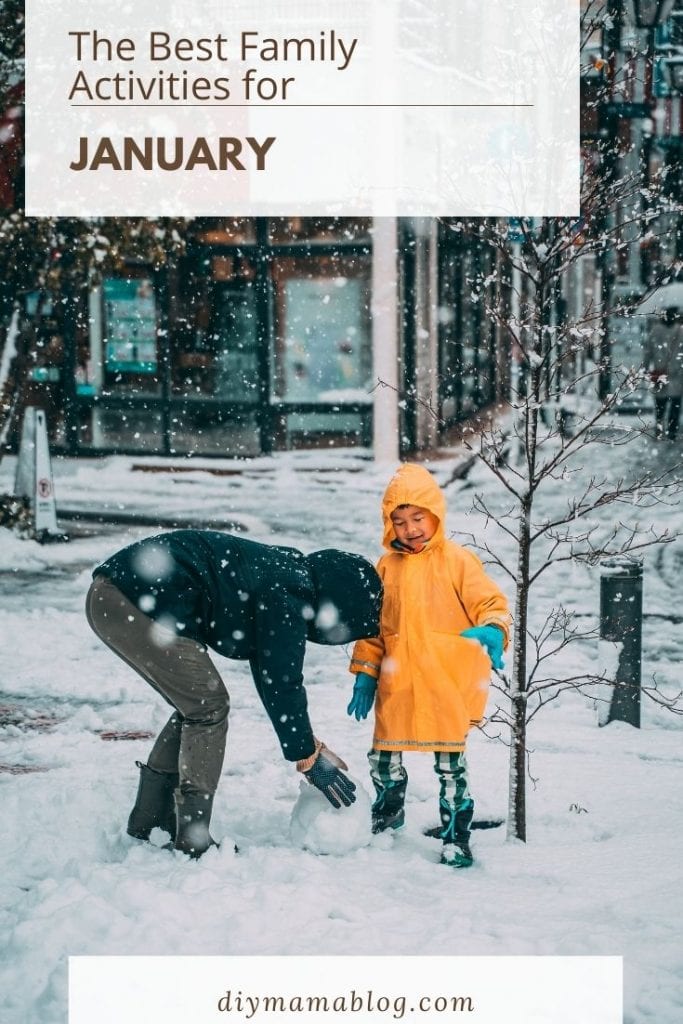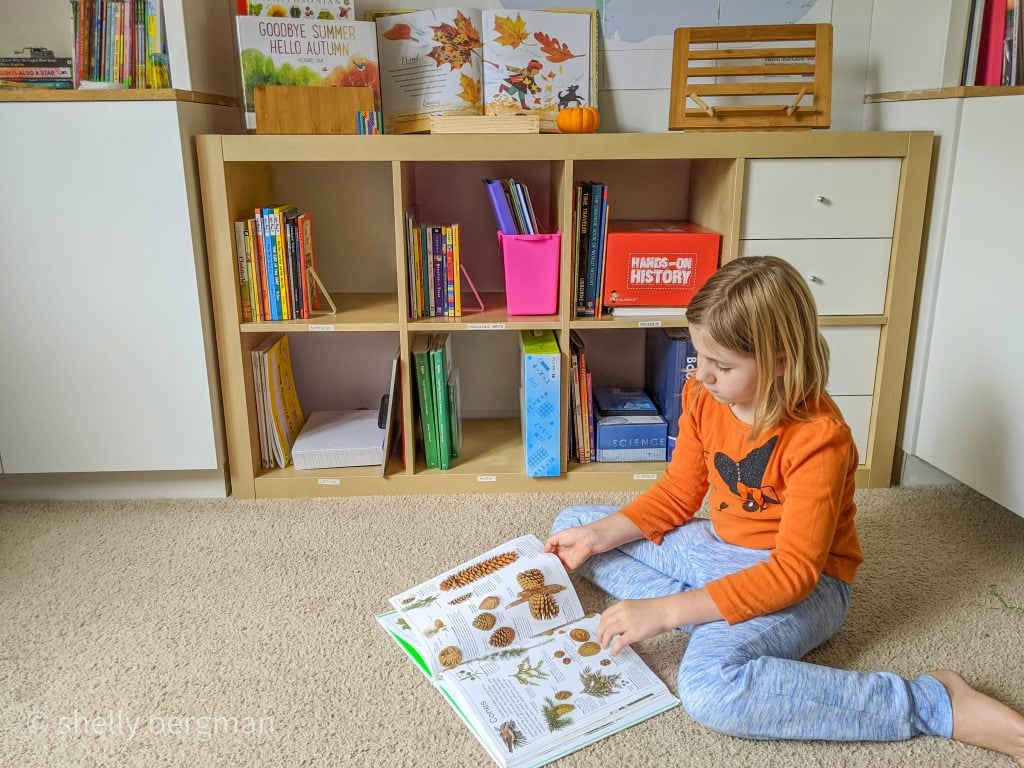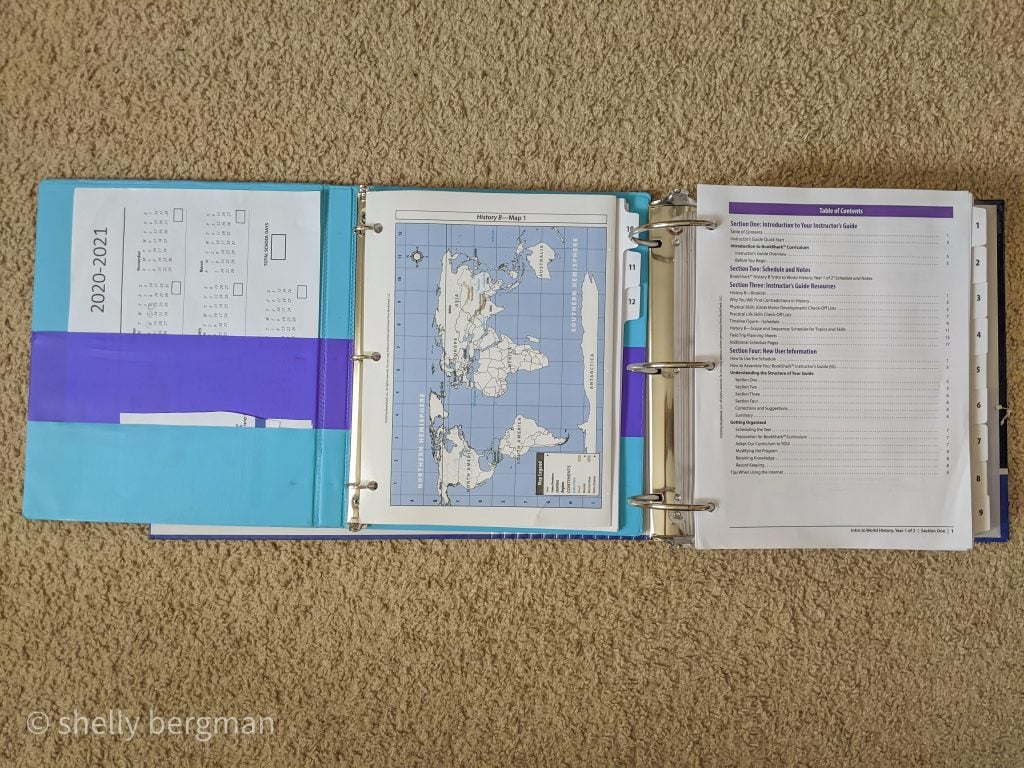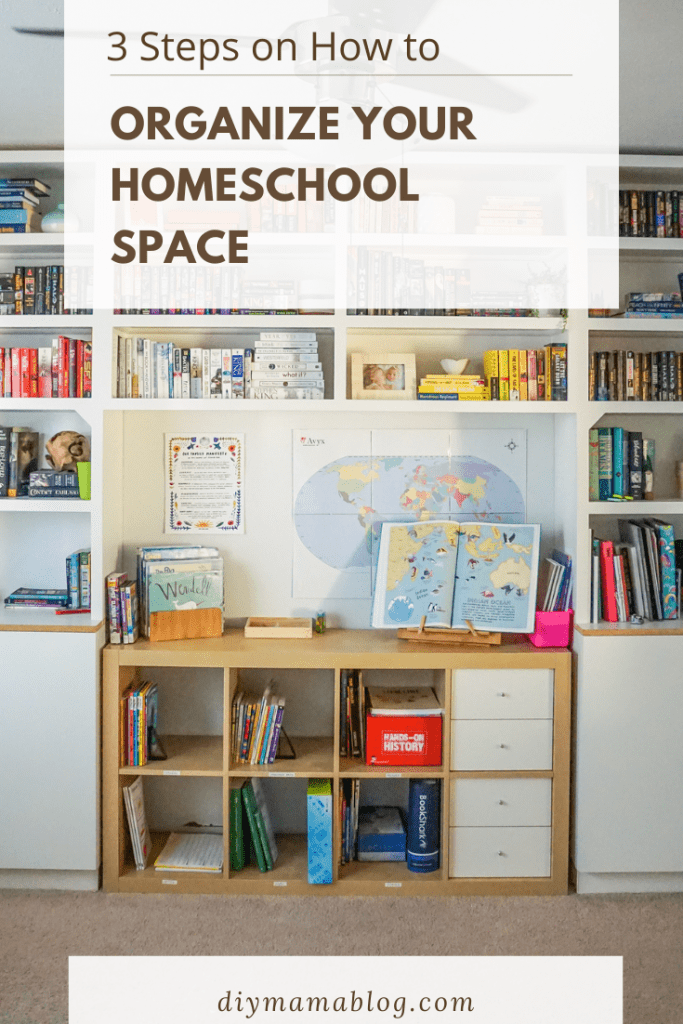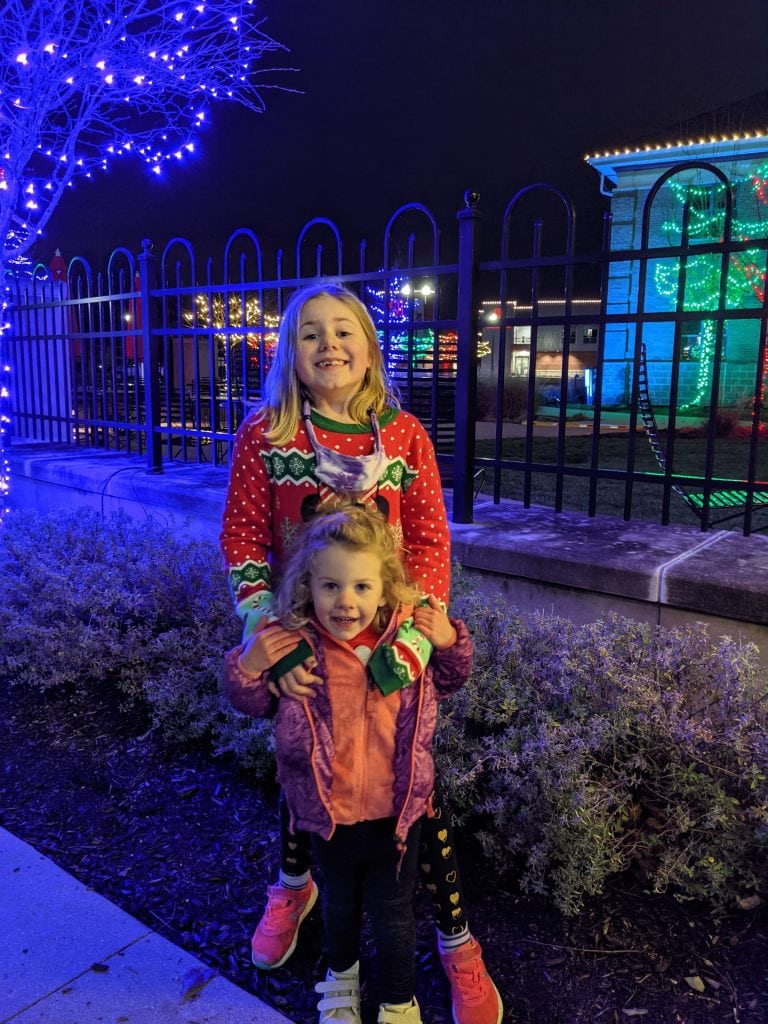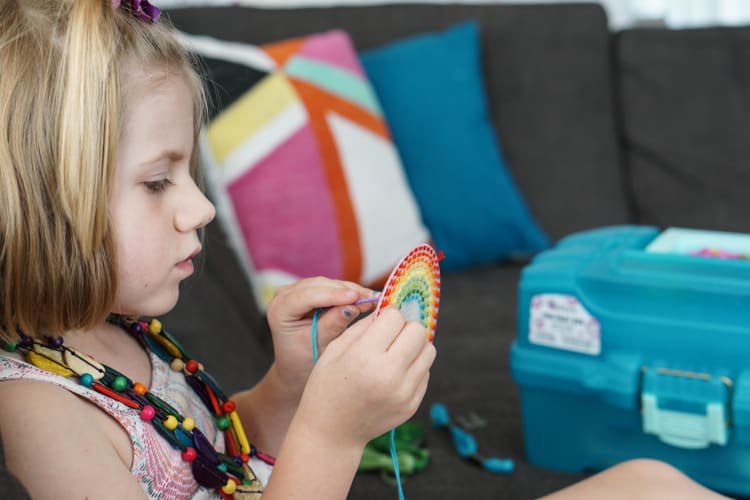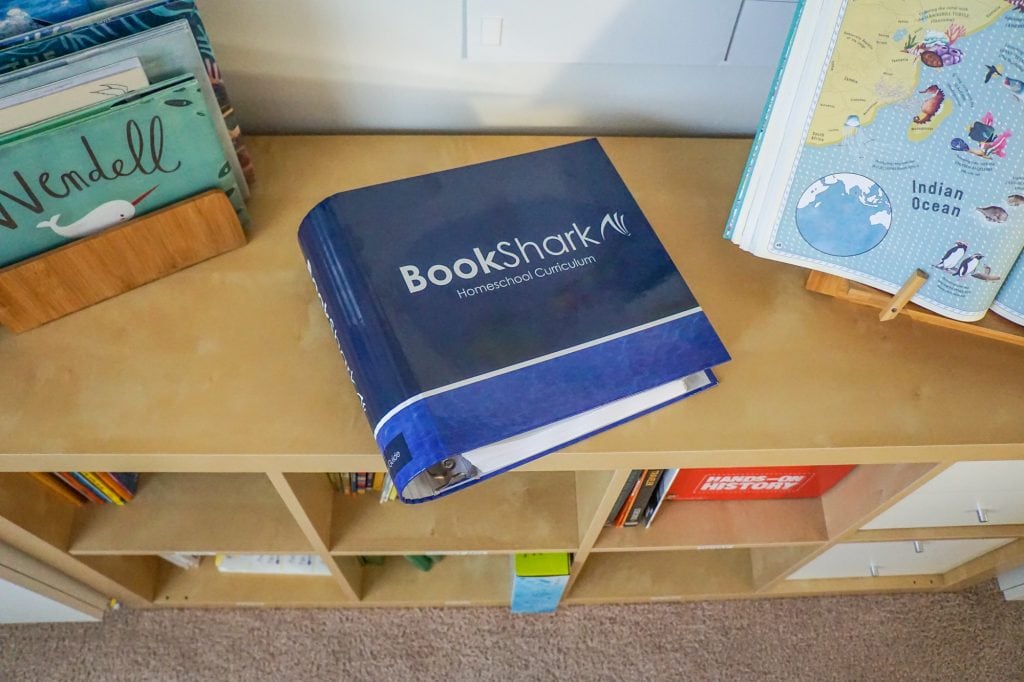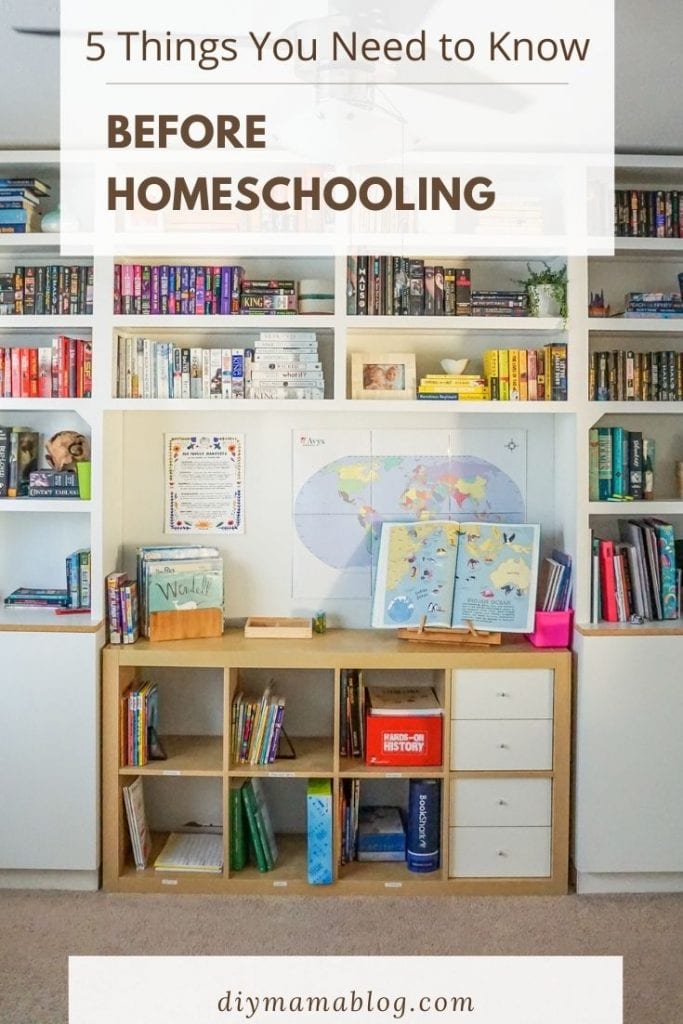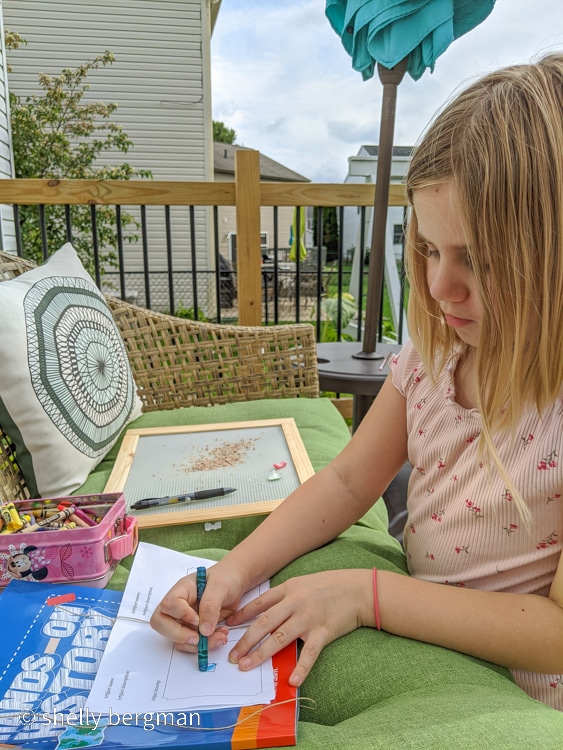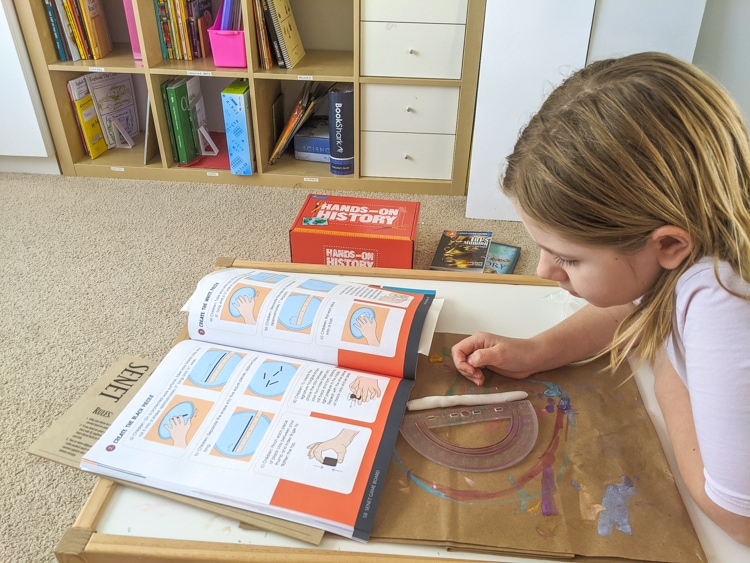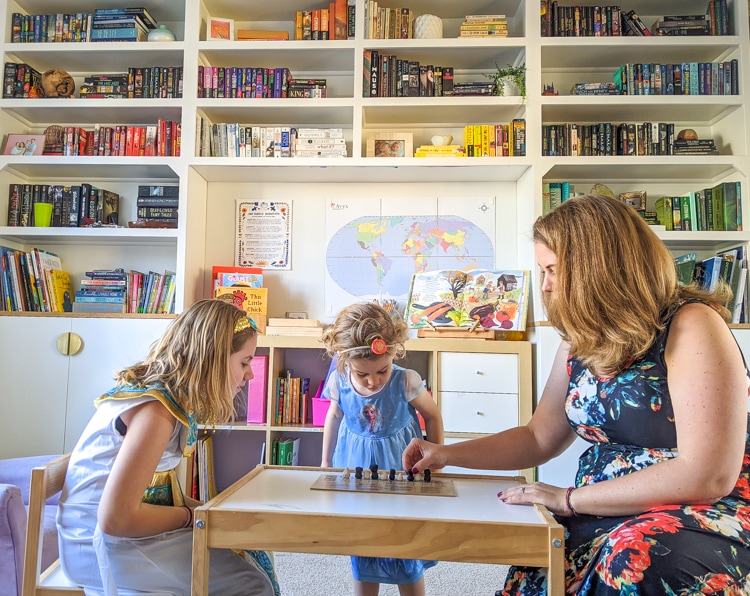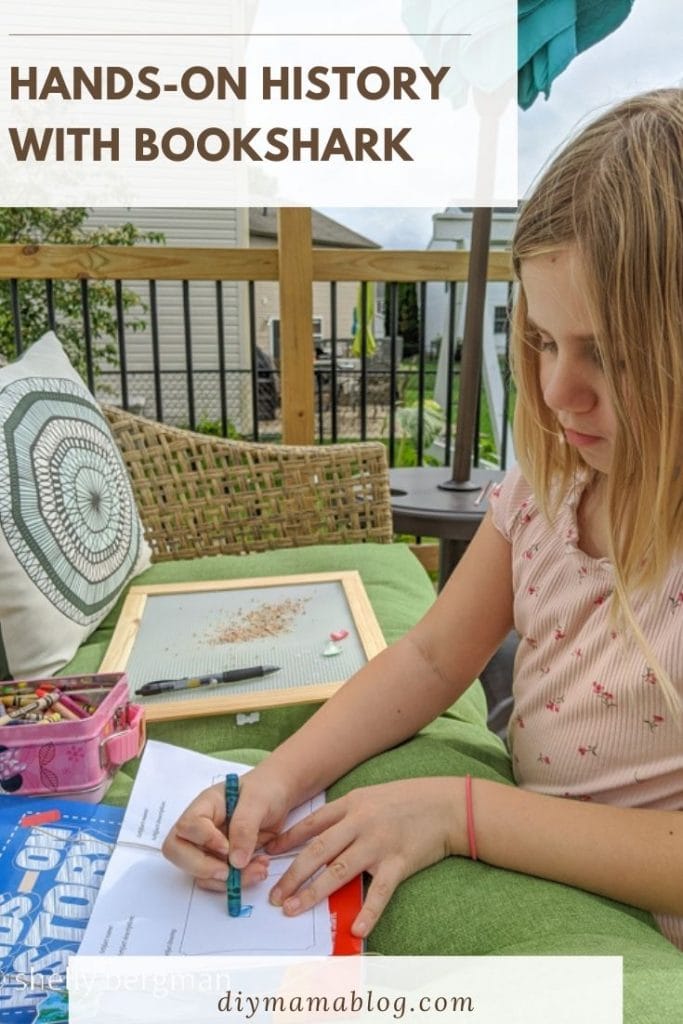The Best Family Activities for January- As the weather continues to get colder, grayer, and windier, many of us think we will be stuck inside. This year, after being stuck inside so often, I’m realizing that the winter is the perfect time to be outside as there aren’t as many people at the parks! Our family invested in fleece-lined pants, new hats, and new gloves this year so we never had the excuse of weather to keep us from exploring the outdoors!
This list of the best family activities for January is a list of things you can do to slow down this month. No matter what your family looks like, there should be items on this list for everyone to enjoy.
Family Hikes
Last month we took lots of night walks around different neighborhoods to look at Christmas lights. This month we’re exploring parks around us to know which ones will be our favorites in the warmer months. We compiled a list of local parks in our county and what their attributes are. We’re going to visit each one by spring (likely summer) and rank them. Once the nicer weather comes we’ll know exactly which park we’ll want to go to for creek stomping or hiking or who has the best playground!
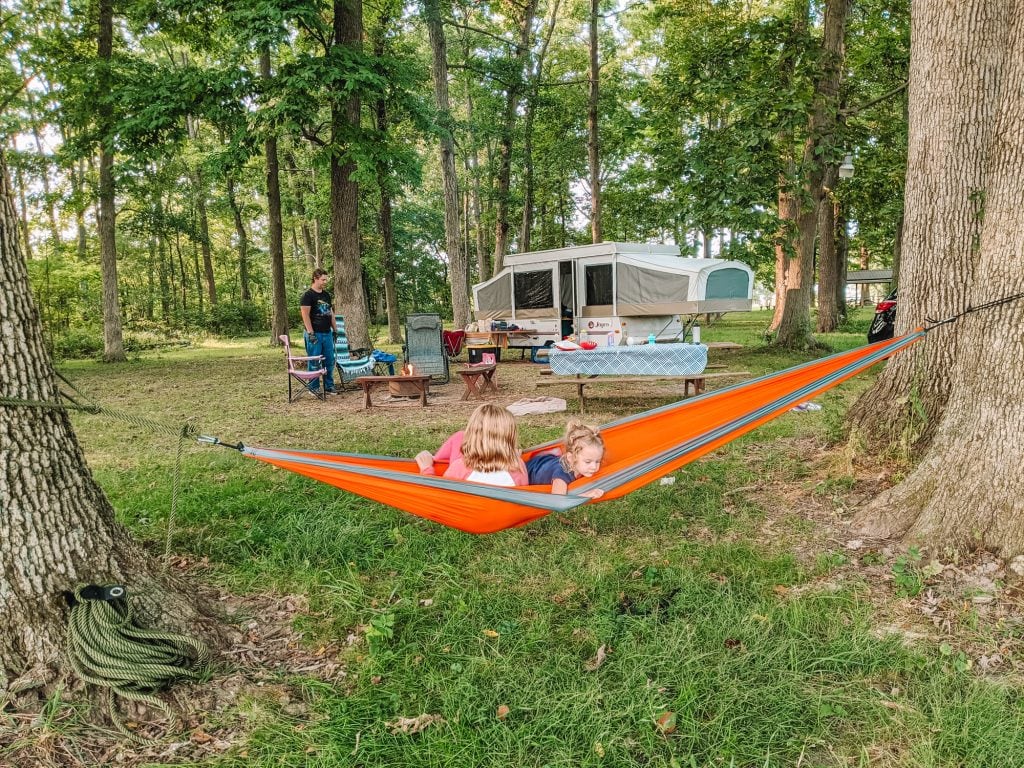
Plan a Trip
Typically in January, as a travel writer, I am booking all of our trips with CVBs for the year. Last year all of our trips were canceled and we’re not comfortable enough to make the trips this year. What we are comfortable doing is planning camping trips! There are lots of ‘boondock’ type sites on HipCamp that we feel comfortable being further away from people. If you’re typically the one to make all the plans, make it a family activity this year!
Family Declutter Party
One of my favorite January activities is to declutter. In December we work on decluttering toys to make room for new toys coming in. Once January rolls around I like watching documentaries from The Minimalists and the TV show Tidying Up to get me in the decluttering spirit. It’s always a great reminder of gratitude and appreciation for what we already have. It’s also a great reminder on reducing waste and reusing what we already have. The Minimalists have a challenge where you remove one item the first day, two items the second day, and so on through the end of the month. Having your whole family in on this would be a great way for everyone to see exactly what items they have and what they can part with.
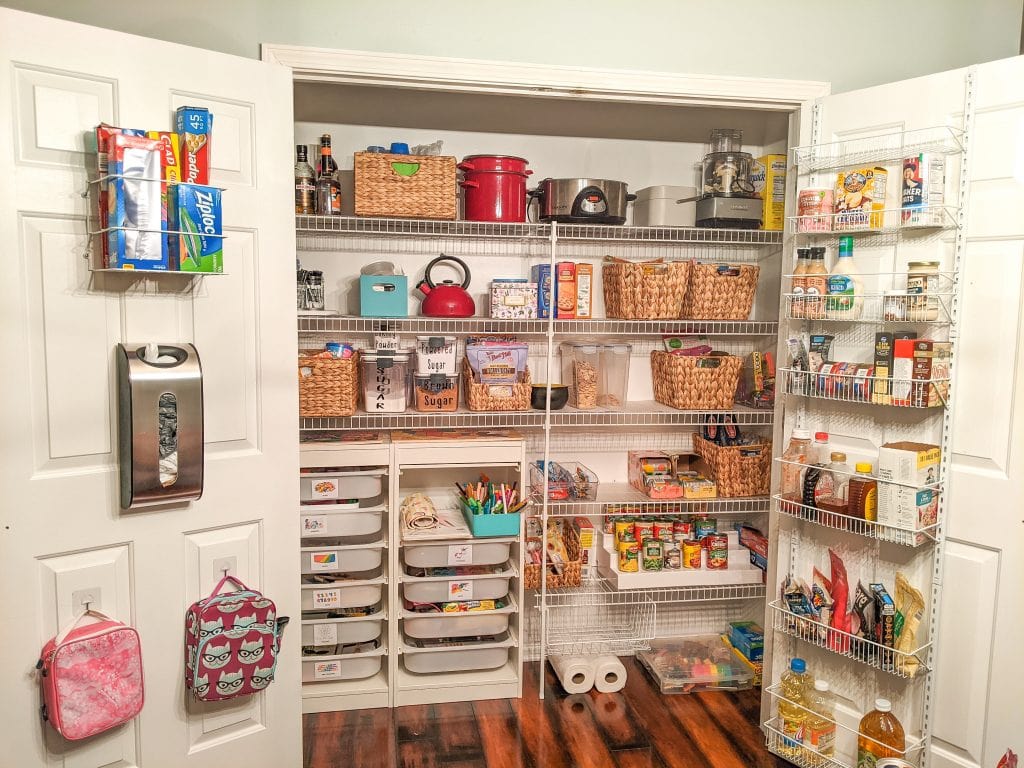
Family Goal Setting Party
Some of us make goals and we never share them with anyone. Why? When we share our goals that tell people what’s important to us. It lets them understand us and helps them be able to make sure they hold space for what’s important in our lives. Have a family pizza night and talk about your goals for the year (or month). Maybe do a vision board party or some other hands-on activity where you have your goals hanging somewhere for everyone to see.
Make a family plan for being better
Along with working on goals as a family, sharing what’s important to each of you individually, make a family plan for the year. Have everyone say what they’d like to see their family do together this year. Maybe you want to start volunteering at the food pantry once/month as a family. Maybe you’d like to host a community clean up for a favorite park. Perhaps you’d like to raise or save enough money to purchase a well in Ethiopia. There are lots of great family oriented goals you can work on little by little throughout the year, but you can’t do it unless you can see the big picture.
Family YES Day
Have a family YES day! Have pancakes for dinner. Get dressed up in your finest and break out the fine China for a tea party. Make a fort, pop popcorn and watch a movie. Go play at the park even though you have a house project to work on. Get a huge canvas and let everyone paint whatever they want on it. Just do something fun and say YES to all the things you so often say no to. Your kids will love it. You will love it.
What other traditions and family activities does your family do during Jamuary?? I’d love to know how you make this month special for your family.
Posts related to The Best Family Activities for January
Pin it for later
